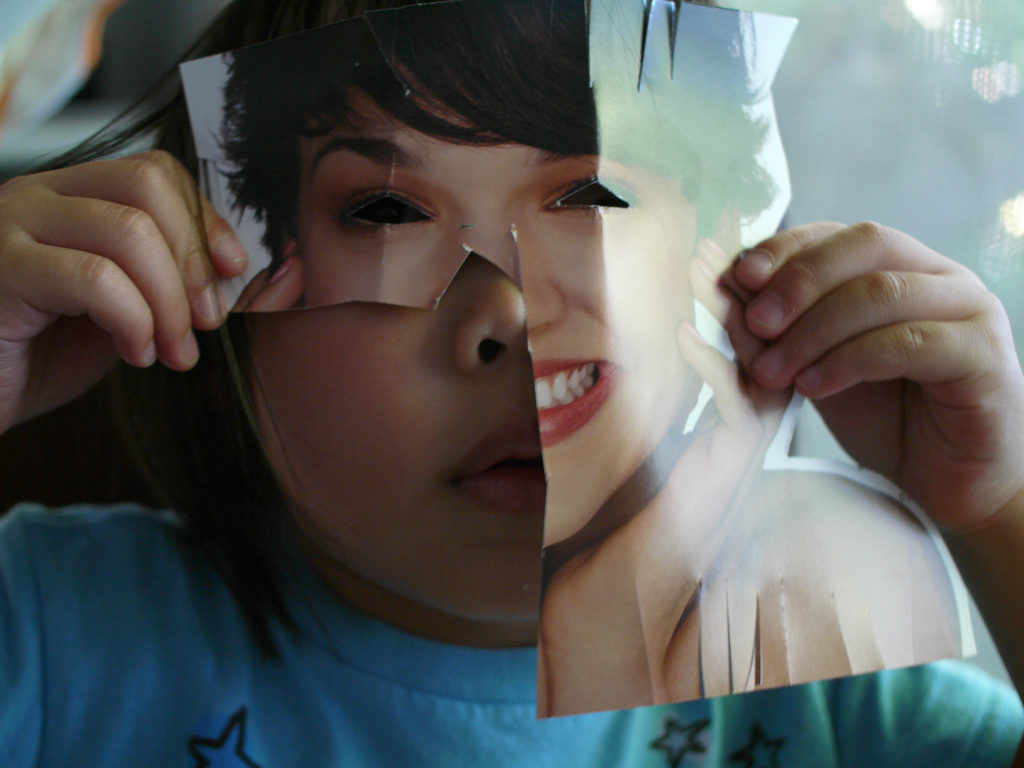
A research team from the Universities of Swansea and Cardiff, Wales, have recently published a meta-analysis that investigates the relationship between facial scarring and anxiety and depression (Gibson et al, 2018). My own review published back in 2001 (Thompson & Kent, 2001) unsurprisingly reported that people living with a ‘disfigurement’ were at risk of developing a variety of forms of psychological distress, however, our review brought to the fore the fact that there were dramatic differences in adjustment between individuals. This suggested that there was no simple relationship between the severity of the physical condition and psychological wellbeing. We speculated that this individual variation in adjustment was likely to be based on differences not only in cognitive processes (such as interpretation biases), but also differences in interactional experience with others, and that the interaction between psychosocial factors had not been adequately examined in this field.
Over the last decade or so the term disfigurement has largely fallen out of use in favour of terms such as ‘visible difference’. This change in usage of terms rightly recognises the negative connotations which can be associated with any word containing ‘dis’ (as it risks being perceived as being ‘disrespectful’). That said the leading charity for people with a ‘visible difference’, Changing Faces, continues to use the term as a short hand descriptor for a range of conditions that can affect appearance and also because it is used within the UK Equality Act (2010). Changing Faces advocate that it is always preferable to use a specific term that matches the condition or cause of the visible difference, and in the meta-analysis I’m about to discuss the authors (Gibson et al., 2018) focused on scarring largely caused by assaults or burn injuries.

“It has been known for some time that the experience of scarring is multifaceted, involving both individual psychological factors and societal factors” (Thompson & Kent, 2001).
Methods
In this systematic review an appropriate protocol was placed on a registry. The literature search used a good number of databases and google scholar was also used in an attempt to look at the grey literature.
Only quantitative studies using a “scoring system” for anxiety and depression were included. Following ‘data’ extraction each study was assessed for bias in line with standard reviewing practice. The method of statistical analysis was largely commensurate with recognised standards for performing meta-analyses.
Results
Gibson et al. found only 21 studies conducted between 1996-2016 (with a total of over 2,000 participants). All of the studies had recruited outpatients as participants. Over half of the studies were carried out in Europe with relatively few from low to middle income countries.
Fifteen studies examined the prevalence of depression and 13 focused on both anxiety and depression. The majority of the studies were longitudinal and the remaining cross-sectional studies had a second time point. However, the longest follow-up (in just one study) was twelve months.
The studies found had used a range of methods for assessing anxiety and depression with the majority having used the Hospital and Anxiety and Depression scale. This measure has come in for some criticism over recent years and in any event as with the majority of other self-report measures used, it is unable to reliably assess for the presence of clinical disorders or differentiate between different types of depression and anxiety.
The authors found using a random effects model, that the weighted pooled prevalence of:
- Anxiety was 26.1% (95% CI 17.9% to 36.3%)
- Depression was 21.4% (95% CI 15.4% to 29.0%).
They also found that in general there was an improvement or stasis in symptoms of both anxiety and depression over time. Commensurate with existing studies they found equivocal findings in relation to the relationship between scar severity and anxiety and depression.
In terms of associations with other factors, the authors reported that scar related distress did not appear related to social support or age, but did appear to be related to:
- Female gender (anxiety only),
- Past psychological history (depression only),
- Assault/violence as causation.
Importantly, the authors describe the presence of significant bias or limitations within many of the studies. The Eggers test that they conducted was not significant for either anxiety or depression (suggesting that there was not any publication bias present for these factors). However, the funnel plots showed some asymmetry and it was not clear within the paper how this was handled. Consequently, this taken in addition with the authors description of the issues found in some papers does suggest that considerable caution is warranted in drawing conclusions from the pooling of the studies reviewed. This is particularly the case with regards to the associations, and the main finding from this meta-analysis is that there is a risk of anxiety and depression and that better quality research is required to look at the psychological variables that might explain individual differences in affective distress.

The authors report an approximate weighted pooled prevalence of 26% for anxiety and 21% for depression for participants who had experienced facial scarring.
Conclusions
There is clearly a dearth of studies looking at the early stages of adjustment to facial scarring in sufficient detail, and a huge drought in studies with a decent follow-up period. Nevertheless, the extant literature found in this review indicates, in a similar fashion to the wider literature that the nature of the event causing the injury might well be important. In short, violent causation is associated with a worse outcome.
The relationship between acquired visible differences and trauma symptomatology requires further investigation. In a recent qualitative study Macleod et al. (2016) found with a sample of participants with burn related scarring that changes in their appearance were experienced as maintaining a sense of threat via concerns connected to stigmatisation, and that scarring acted as a trigger for re-experiencing. Clearly we need to be routinely assessing for affective distress in this population (but not just anxiety and depression).

Changes in appearance can be experienced as maintaining a sense of threat via concerns connected to stigmatisation, and scarring can act as a trigger for re-experiencing trauma (Macleod, Shepherd, Thompson, 2016).
Strengths and limitations
The review brings the field up to date in terms of the studies that have focused on the prevalence of anxiety and depression in those experiencing facial scarring.
- The meta-analysis is robust and thorough, although it failed to cover other forms of affective distress known to be associated with scarring (anger, shame etc.).
- The systematic review also missed reporting on some of the nuanced descriptions of the impact of scarring available in the literature as it did not include any of the qualitative studies that have been conducted.
- One of the main limitations is that it lacks coverage of up to date theories that have sought to explain the variance in adjustment. For example, in a study with over 1200 participants the Appearance Research Collaboration identified a number of psychological variables (such as optimism) that might be targeted in interventions (Clarke A. 2014).
Implications for practice
Gibson et al. (2018) conclude that there is a significant risk for patients with facial scarring of experiencing affective disorders, and they advocate for additional research to further understand the issues and develop psychosocial interventions. This fits with the conclusions of earlier related reviews (Thompson & Kent, 2001; Harcourt & Rumsey, 2004).
There is already some guidance for those providing psychological inventions for working with this population in the form of a handbook published in the Wiley clinical psychology series (Clarke A. 2014). There are also some self-help resources which have been tested (Muftin & Thompson, 2013), and some excellent resources are available to signpost people to via the webpages of the charity Changing Faces.

Clinicians should routinely assess for affective distress in people experiencing facial scarring offering access to stepped care interventions.
Conflicts of interest
Andrew Thompson has published widely in this field (see references below), but was not involved in the systematic review that has been summarised in this blog.
Links
Primary paper
Other references
Clarke A, Thompson AR, Jenkinson, E, et al (2013). CBT for appearance anxiety: Psychosocial interventions for anxiety due to visible difference. London: Wiley [link]
Changing Faces website: https://www.changingfaces.org.uk/
Harcourt D, Rumsey N, (2004). Body image and disfigurement: issues and interventions. Body Image 2004 1 83-97. [PubMed abstract]
Macleod R, Shepherd L, Thompson, AR (2016) Posttraumatic stress symptomatology and appearance distress following burn injury: An interpretative phenomenological analysis 2016, 35 1197-1204 [PubMed abstract]
Thompson AR, Kent G. (2001). Adjusting to disfigurement: processes involved in dealing with being visibly different. Clinical Psychology Review 2001 21 663-682 [PubMed abstract]
Muftin Z, Thompson AR. (2013). A Systematic Review of Self-help for Disfigurement: Outcomes and User Perspectives. Body Image 10 442-450 [PubMed abstract]
